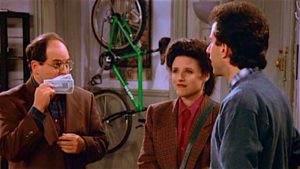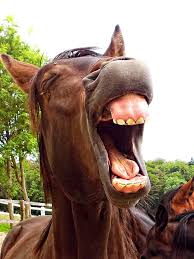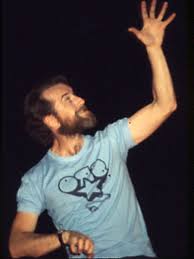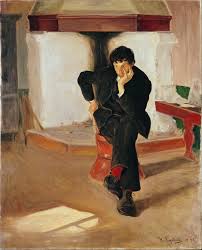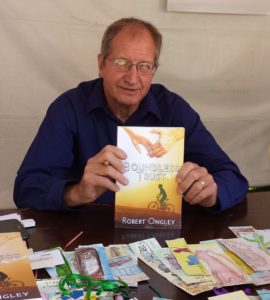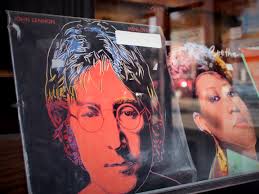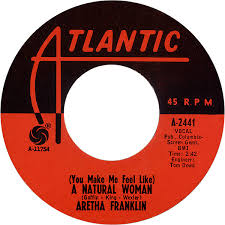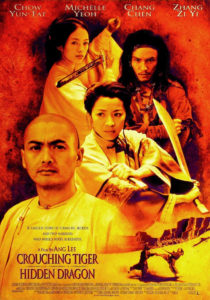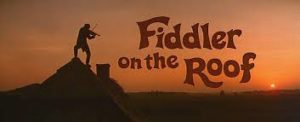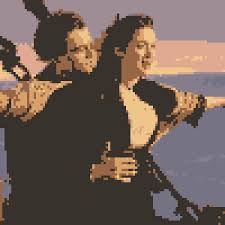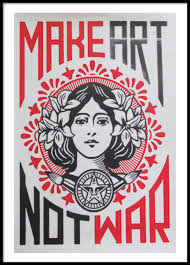
It is normally my preference to steer clear of politics in my blog. This is about the arts, not the struggle for power or domination of an opposing faction. With the recent election still fresh in my mind, I feel as though I can’t entirely ignore the political world and its effect on our artistic endeavors.
The Arts in World Affairs
I can’t claim to know the first time politics showed up in someone’s art. In a documentary I tuned into briefly a few days ago, there were some pictures drawn on cave walls. They depicted some people or perhaps gods whose eyes and body language communicated their power. The narrator suggested they could be those in charge who were to be feared for the control they had over others. This type of artwork could be the first commentary about early human political domination.
When language enters into it, plays and books with at least some political content arise. In 441 BC, Greek culture and Sophocles brought about a play called Antigone. It was a story of a dictator’s cruel treatment of a soldier who died in a civil war. The ruler orders that the body not be buried. His sister Antigone won’t accept it and strives to have her brother buried properly. The story is more about the characters and the situation than a political commentary, but there is at least this defiance of a tyrant. Although Greece is an imperialistic state, the Greeks are proud of their democratic government and the play is a reflection of their dim view of dictators.
Shakespeare’s plays were sometimes set in the arena of politics, including Macbeth, Hamlet and Othello. He wrote a number of other plays centering around kings and their political endeavors such as war. These works of art are among the most enduring pieces ever. They were tales of intrigue in court life and battlefields, but they shone a light on the dramatic and tragic lives that political leaders experience.
Using Art to Sway Political Views
According to britannica.com, “the political cartoon is a drawing (often including caricature) made for the purpose of conveying editorial commentary on politics, politicians, and current events. Such cartoons play a role in the political discourse of a society that provides for freedom of speech and of the press. They are a primarily opinion-oriented medium and can generally be found on the editorial pages of newspapers and other journalistic outlets, whether in print or electronic form.”
Political cartoons have been known to carry a lot of weight and influence the views of many readers, thus voters. Newspaper chains usually have a tendency to be liberal in their views and attempt to push citizens to the left side of the political spectrum. On the flip side, there is the potential for the ruling class to produce art that works to align its subjects to its own ideologies. Many propaganda films have been made to persuade the masses on ideas of right living and wrong thinking according to whomever is in power.
The Heart of the Matter
Art at its apex in aesthetics is humming along at high frequency vibration levels. The beauty found in nature tends to inspire high frequency art. Without oppression, greed, hunger for power, corruption and violence bringing down the common denominator of a being’s vibration level, art would be focused on the highest ideals and dreams. It has been said that love is of high frequency while fear is a low frequency vibration. You can imagine, with this in mind, where you might find anger, hate and resentment.
When people are under the thumb of fascist dictators who care only about themselves, the people suffer. The politics absent of love are easily seen in extreme poverty, rampant disease, exclusion and genocide. When a leader starts taking us down such a path with divisive behavior, the lower emotional frequency seeps into the world of art. Songs are written in protest and warning, such as the old hit Eve of Destruction. Posters are thrust upon us such as the one that shows a World War I soldier and screams, “FIGHT! War keeps the peace! Join the war to ensure safety at home!” While I do get the point that a world bully needs to be dealt with strongly, I see this as a misuse of the artistic muse. Yes, waging war drove the Germans down, but did it KEEP the peace? No, I would say it’s more accurate that war begets war, hate begets hate and taking a nationalist rather than a global view sows the seeds of discontent, leading eventually to violence.

Art imitates life. In a world of peace, love and understanding, art will thrive as it’s meant to be–a beacon of life’s highest aspirations.
